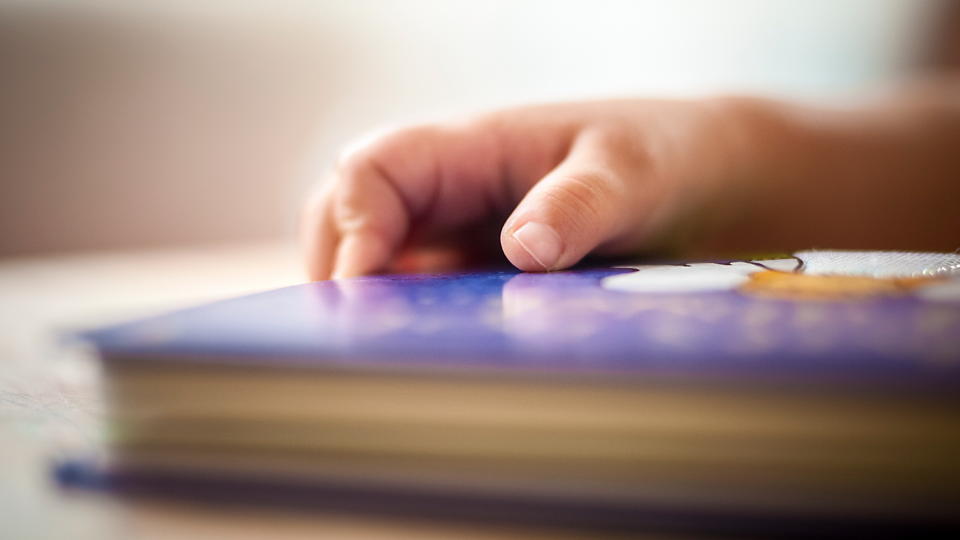How can I teach my toddler to read?

We often hear from parents anxious to teach their babies and toddlers to read in the hopes they’ll provide them with an “edge” in kindergarten. We also hear from teachers who worry that children are beginning school without the skills they need to succeed as readers, despite their parents’ earnest efforts.
My son is 1 year and 10 months old. I taught him to read some words, and he can identify all the letters of the alphabet at random. How can I boost his interest in reading? —Martin G., via Facebook
We often hear from parents anxious to teach their babies and toddlers to read in the hopes they’ll provide them with an “edge” in kindergarten. We also hear from teachers who worry that children are beginning school without the skills they need to succeed as readers, despite their parents’ earnest efforts.
There’s nothing wrong with encouraging early reading skills in toddlers, as long as the skills being taught match the child’s interests and abilities. The following literacy-related activities can foster important skills and understandings that support reading development—without pushing children to memorize or sound out words before they are developmentally ready. As you introduce these activities to your toddler, keep in mind that each child’s developmental pace is unique, and expectations should match what your child finds challenging yet achievable, with your support.
Play with language
Support oral language development by talking, singing, and playing often with your toddler. Use clear language, plenty of eye contact, and be sure to respond enthusiastically to his or her attempts to communicate—this gives your child confidence in his communication skills. Have fun acting out favorite stories or doing finger plays.
Share a book
Let your child choose the books you read together, and prompt your child to talk about the text. Be sure you offer both storybooks and nonfiction texts (research has shown that nonfiction texts often prompt even more discussion between parents and children). Whenever possible, have another child join in the experience—this can generate even more fruitful discussions of the text. Remember the goal of your shared reading time is to foster a love of reading while helping your child understand what is read.
Show how print and books work
As you read, point to words as they are read. Also point out letters that are in your child’s name. This helps your child build the understanding that words are made up of letters, and text typically moves from left to right across the page. Pay attention to illustrations and graphics as well, helping your child see how they help convey the story or information in the text.
Provide a print-rich home
Make sure your child sees reading and writing used in your home for a variety of purposes. From grocery lists to magazines to novels on the nightstand, every example of print in the home sends the message that reading and writing are an important (and often fun!) part of life.
Finally, remember that reading skills are developed over many years. Kaila Kolen-Smith, a member of our Facebook community who is also a special education teacher and mom of three, recently chimed in on the topic: “We push children way too fast. Reading should be developed gradually at the child’s pace. Merely reading the words is not the same as comprehending the story. Many kids can decode the words, but [they can’t] answer ‘wh’ questions about the story. Keep reading fun!”










